National Broadband Deployment and the Digital Divide: Progress and Issues
The “digital divide” is a term that has been used to characterize a gap between “information haves and have-nots,” or in other words, between those Americans who use or have access to telecommunications and information technologies and those who do not. One important subset of the digital divide debate concerns high-speed Internet access and advanced telecommunications services, also known as broadband. Today, Americans turn to broadband Internet access service for every facet of daily life, from finding a job to finding a doctor, from connecting with family to making new friends, from becoming educated to being entertained. The availability of sufficient broadband capability can erase the distance to high-quality health care and education, bring the world into homes and schools, drive American economic growth, and improve the nation’s global competitiveness. New technologies and services such as real-time distance learning, telemedicine, and higher quality video services are being offered in the market today and are pushing demand for higher broadband speeds. This book discusses progress and issues of national broadband deployment and the digital divide.
{{comment.content}}

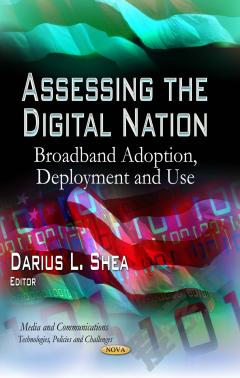
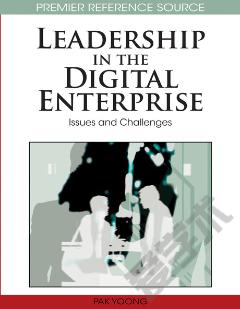
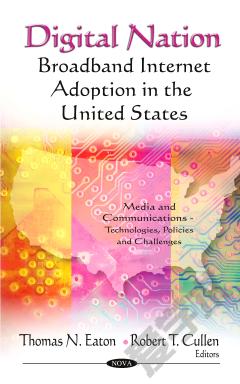
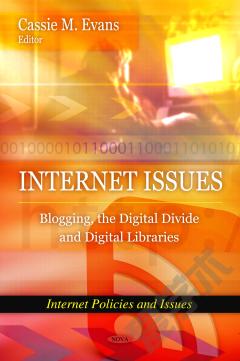
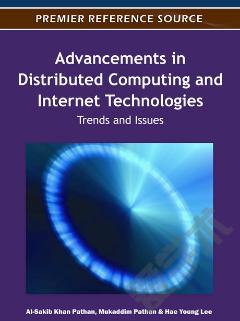


 京公网安备 11010802027623号
京公网安备 11010802027623号